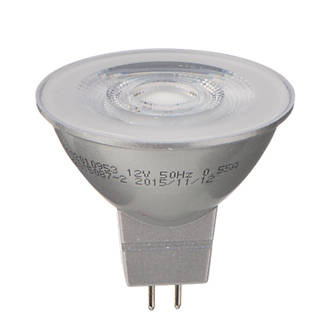Hi,
In my bathroom I've got 6 MR16 fittings which I've just put LED lamps into, problem is couple of them flicker, presumably where the transformers aren't coping with the LEDs. Each fitting has it's own little transformer, so my question is can I cut off the old per-fitting transformers and replace them with a single central transformer like this one?
https://www.tlc-direct.co.uk/Products/LTYT50.html
I'd place the transformer centrally to keep the LV cable runs short - the longest would need to be about 1.5m.
It would be simple to do and I can't think of any reason it wouldn't work, but figured I should check with people who know more than me before going ahead!
Thanks for your time!
In my bathroom I've got 6 MR16 fittings which I've just put LED lamps into, problem is couple of them flicker, presumably where the transformers aren't coping with the LEDs. Each fitting has it's own little transformer, so my question is can I cut off the old per-fitting transformers and replace them with a single central transformer like this one?
https://www.tlc-direct.co.uk/Products/LTYT50.html
I'd place the transformer centrally to keep the LV cable runs short - the longest would need to be about 1.5m.
It would be simple to do and I can't think of any reason it wouldn't work, but figured I should check with people who know more than me before going ahead!
Thanks for your time!



